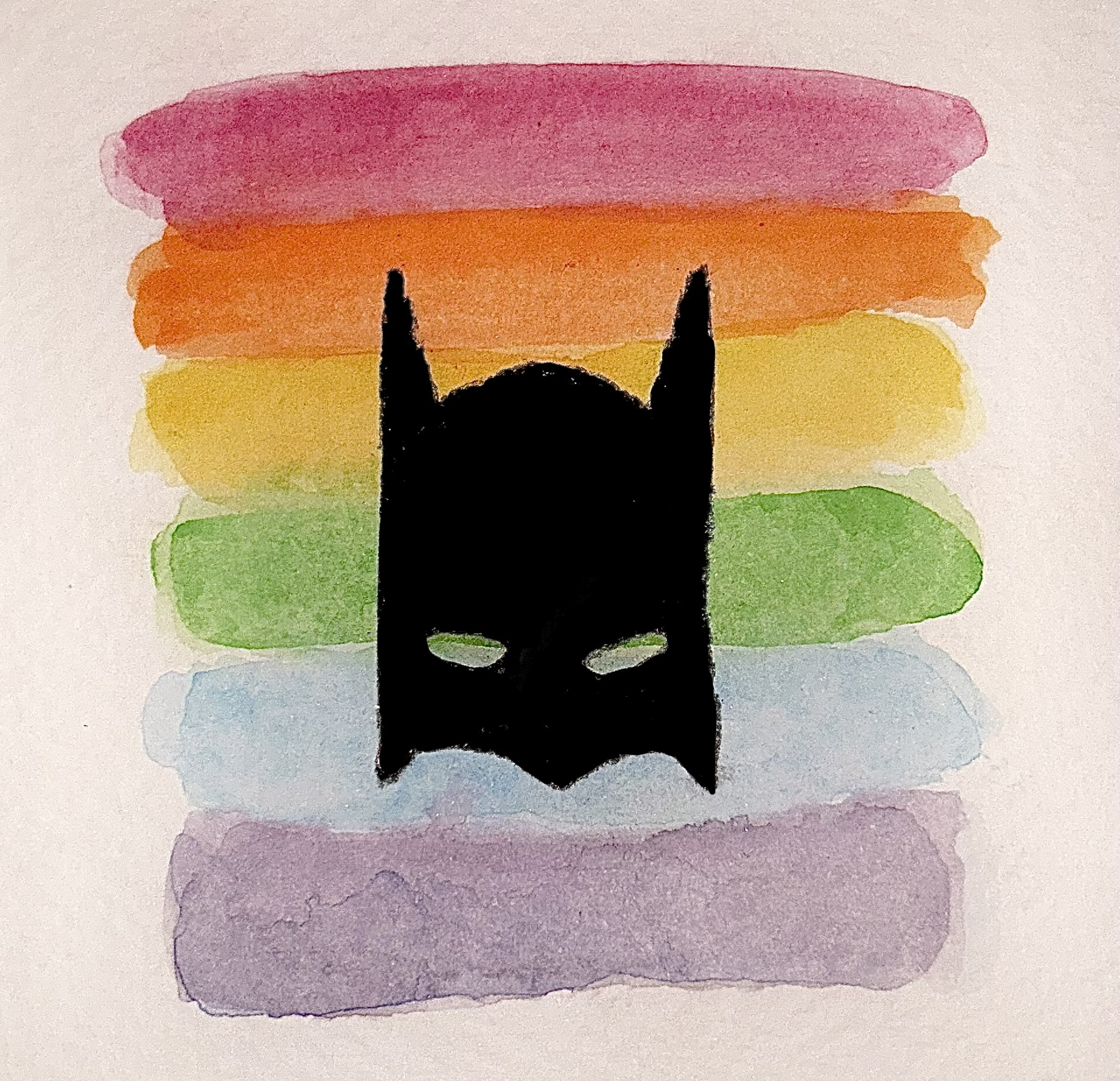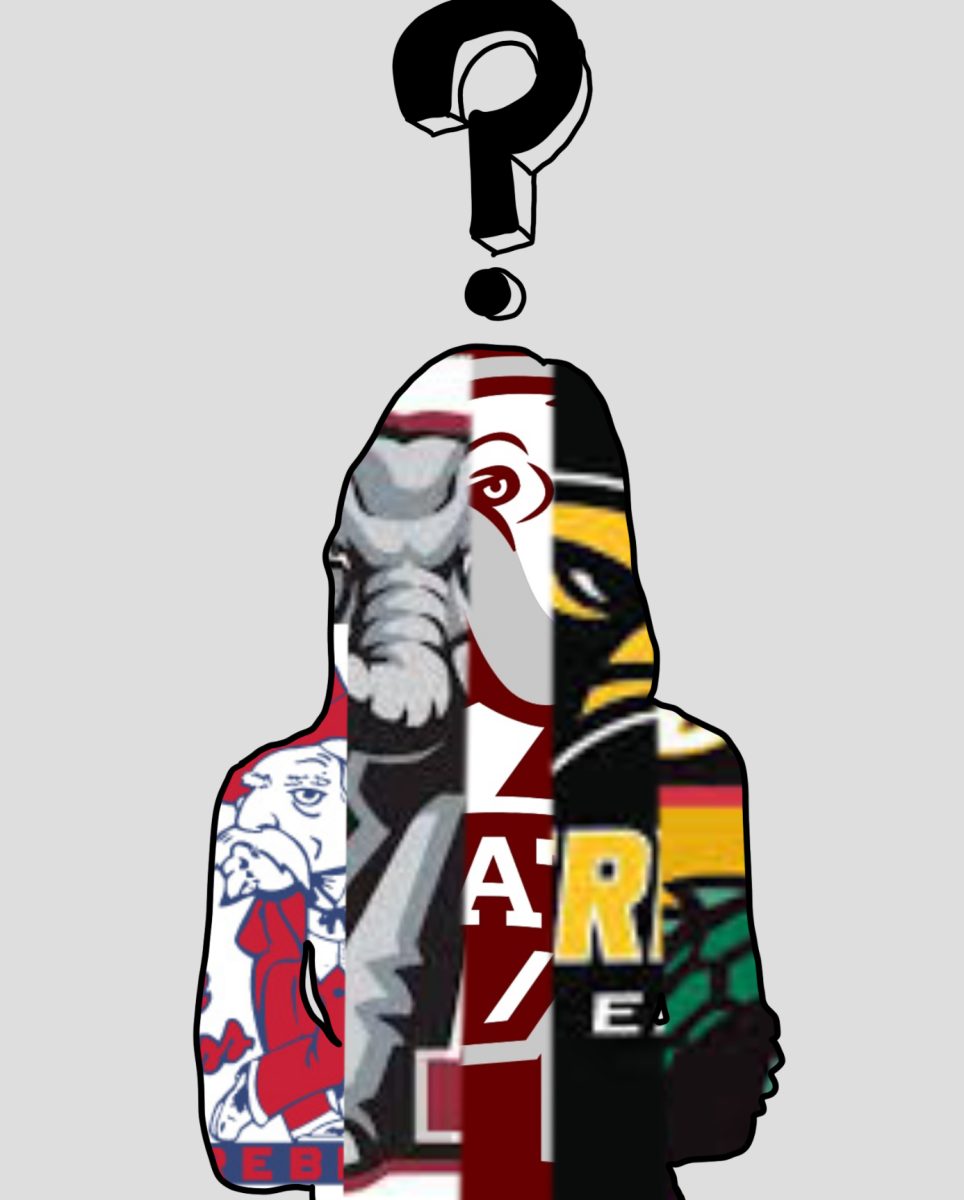Throughout the past 84 years of Batman media, many writers, directors and actors have shaped the character and his image, but one thing has remained constant: Batman represents queerness.
“‘Camp’ is part of Batman’s personality. Theatricality is at the heart of his identity,” cultural studies professor Will Brooker wrote in The Guardian. “Batman is a dynamic figure, wrestling with different sides of his own personality, constantly shifting between different forms and resisting any single definition. Ironically, by declaring himself as happily gay, Batman — as a cultural icon — would actually be less fascinating, less complex, less queer.”
Batman debuted in Detective Comics issue No. 27 on March 30, 1929. Authors Bob Kane and Bill Finger both took inspiration from detective noir stories and pulp fiction to create the Dark Knight. Batman soon received a solo title, which introduced Robin, Catwoman and the Joker. These early comics, while rather gruesome, were extremely campy in a world of emerging modernist art. This period, known as the Golden Age of Comics, continued through the 1940s and into the ‘50s until the Comics Code Authority disrupted it.
The Comics Magazine Association of America formed the CCA as a direct response to rising moral panic across the nation. The CCA issued a stamp of approval to comics that could meet their code of Christian morality. It was not legally required for publishers to have the stamp, but their sales would drop without it. This required Batman writers to make some rather drastic changes, such as giving Batman a female love interest and making him friends with Superman. Despite these changes — or perhaps because of them — Batman comic sales fell drastically in the late ‘50s and ‘60s.
The writers needed a miracle to save Batman, and the miracle came in the form of the Batman television series. Released in 1966, this series revitalized the Batman comics and popularized the idea of being amused by the absurd. Batman writers utilized camp and pop culture to appeal to the masses. This worked for a time, but the novelty soon wore off and ratings quickly dropped. Although the show’s popularity was instant, its downfall was inevitable, and it was canceled just two years after its release. Despite this, the series had a lasting effect on the comic industry. It established a new way to write comics, and it created a new fan base for these new works.
“I don’t know if I’m pleased with [these changes], but it was the thing to do,” Batman editor Julius Schwartz said. “When the television show was a success, I was asked to be campy, and of course when the show faded, so did the comic books.”
In 1970, Batman writer Dennis O’Neil and artist Neal Adams attempted to distance their work from the Batman television series and instead take the work back to its roots — as if silliness isn’t ingrained into Batman’s character. They studied the early Batman comics by Kane and Finger and tried to understand what made Batman who he was. Their conclusion was Batman is very queer and moderately obsessive. They leaned into these truths by creating the Dark Knight.
Batman is not considered a hero because of his queerness; he is a hero because he does what is right. His queerness and morality are not in opposition to each other; they are both inherent parts of Batman. Batman is only in opposition to corrupt bajillionaires and greedy dealers. Batman, through his queer identity, represents his community.
Batman’s story resonates with many people. His story — cyclical through tragedy, anger, belief and love — is a tale as old as time, and Batman is just another character portraying these truths. Many people, for the last two decades, have decided Batman’s story should end with anger, but that is not the complete story. He is a symbol for the millions of people who have the same story as him, and those people are overwhelmingly queer, just like Batman himself.







